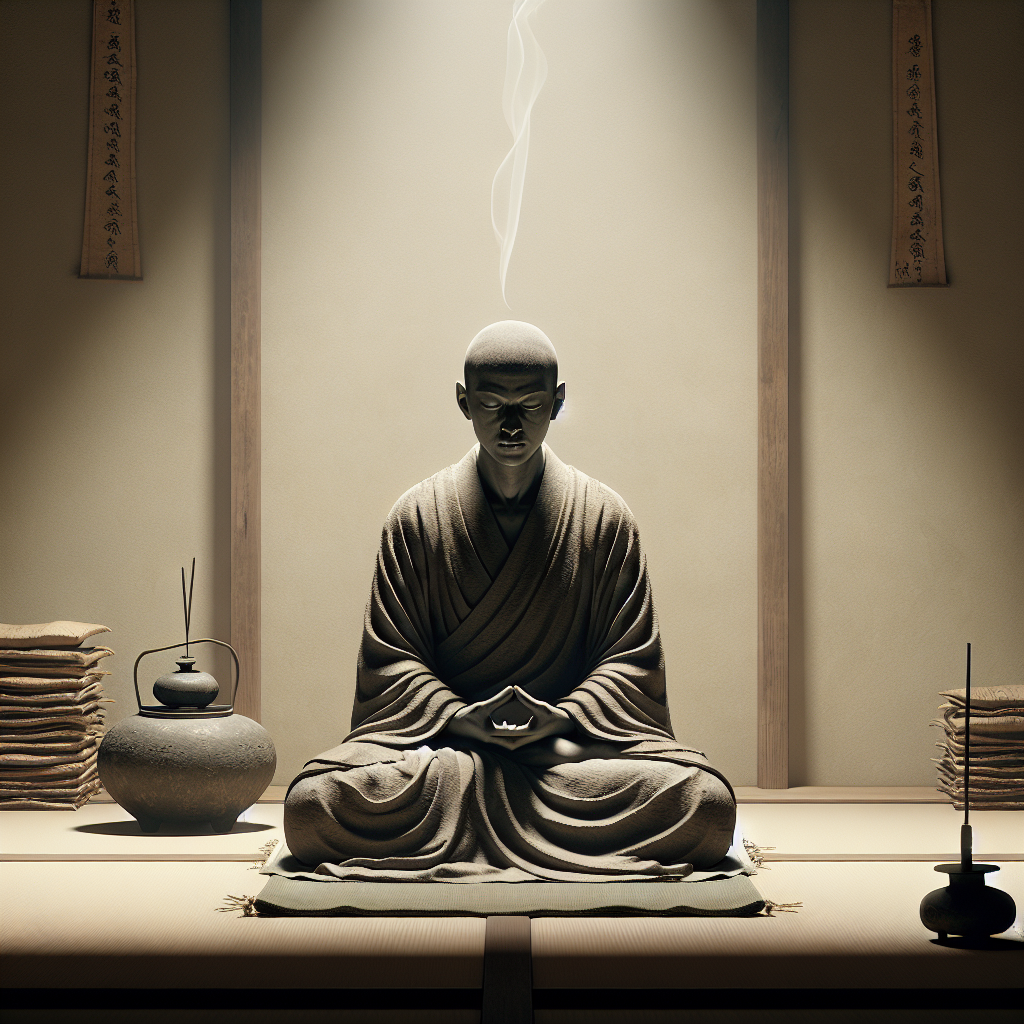
How to meditate properly buddhism
The Art of Meditation: A Journey into Buddhist Practices
In a world characterized by constant distractions and relentless hustle, the practice of meditation has emerged as a beacon of hope for many. It offers not just a method to relax, but an avenue for deep self-exploration and understanding. Among the many traditions that advocate meditation, **Buddhism** stands out with its rich history and profound teachings. In this article, we will explore the essential aspects of meditation within the context of Buddhism, ultimately guiding you on how to meditate properly Buddhism.
Understanding the Essence of Buddhist Meditation
Buddhist meditation is a powerful tool aimed at cultivating mindfulness, concentration, and insight. Unlike some other forms of meditation that focus exclusively on relaxation, Buddhist practices delve deeper, seeking to understand the nature of the mind and reality. The term *meditation* in Buddhism refers to a variety of practices, each with unique methods and goals.
- Samatha (Calm Abiding): Focuses on tranquility and concentration.
- Vipassana (Insight): Aims at developing insight into the true nature of reality.
- Metta Bhavana (Loving-kindness): Cultivates an attitude of love and compassion towards oneself and others.
The Benefits of Meditating in the Buddhist Tradition
Engaging in **Buddhist meditation** offers numerous benefits that encompass mental, emotional, and physical well-being. Some of these benefits include:
- Enhanced focus and concentration
- Reduction in stress and anxiety
- Improved emotional well-being and resilience
- Greater self-awareness and understanding of the self
- Development of compassion for oneself and others
Preparing for Your Meditation Practice
Before you embark on your journey of learning how to meditate properly Buddhism, it is crucial to set the stage for your practice. Here are some preparatory steps to consider:
- Choose a Suitable Space: Find a quiet and comfortable environment free from distractions.
- Gather Your Materials: If you wish, use a cushion or chair to support your posture.
- Establish a Regular Schedule: Consistency is key to cultivating a meditation habit. Designate a specific time each day for your practice.
Techniques for Meditating in Buddhism
To meditate effectively, it is essential to understand various Buddhist techniques that can guide your practice. Below are some common methods to help you get started:
1. Mindfulness Meditation (Vipassana)
This form of meditation focuses on being aware of your thoughts, feelings, and bodily sensations in the present moment. Follow these steps:
- Sit comfortably with your back straight.
- Close your eyes gently and take a few deep breaths to center yourself.
- Bring your awareness to your breath, noticing the sensation as it enters and exits your nostrils.
- When thoughts arise, acknowledge them without judgment and gently return your focus to your breath.
2. Loving-Kindness Meditation (Metta)
This technique cultivates love and compassion for oneself and others. Here’s how you can practice it:
- Begin by finding a comfortable seated position.
- Close your eyes and breathe deeply, relaxing your body.
- Silently repeat phrases that express goodwill towards yourself, such as “May I be happy, may I be healthy.”
- After directing this love towards yourself, gradually extend it to loved ones, acquaintances, and even those with whom you have conflict.
3. Focused Attention Meditation (Samatha)
In this technique, the goal is to focus your attention on one object, such as a candle flame, sound, or the breath. Here’s how to practice:
- Choose your object of focus and place it in front of you.
- Sit comfortably and allow your body to relax.
- Gently direct your full attention to your chosen object, noticing every detail.
- If your mind wanders, simply bring your focus back without self-judgment.
Common Challenges in Meditation
While the benefits of meditation are manifold, practitioners often encounter challenges along the way. Understanding these difficulties can aid in overcoming them:
- Restlessness: It is common to feel fidgety or restless, especially if you are new to meditation. Acknowledge these feelings and see if they soften over time.
- Distracting Thoughts: Thoughts will arise; this is natural. Rather than pushing them away, observe them and return to your breath.
- Impatience: Meditation is a skill that takes time to develop. Be patient with yourself and allow your practice to unfold naturally.
Deepening Your Meditation Practice
As you become comfortable with basic Buddhist meditation techniques, consider the following tips for deepening your practice:
- Join a Community: Engaging with fellow practitioners can bolster your commitment and provide encouragement.
- Explore Retreats: Immersing yourself in a meditation retreat offers a supportive environment for deep introspection.
- Read Buddhist Texts: Delving into literature can expand your understanding of Buddhist philosophy and enhance your practice.
Daily Integration of Mindfulness
Meditation need not be confined to a specific time or space. Learning how to meditate properly Buddhism can also inform how you navigate your daily life. Here are some tips for integrating mindfulness into your everyday routine:
- Mindful Eating: Pay full attention to the experience of eating—notice the colors, textures, flavors, and how you feel.
- Walking Meditation: Take a few moments during your day to practice mindfulness while walking, paying attention to each step and your surroundings.
- Practice Gratitude: At the end of each day, take a moment to reflect on the things you are grateful for.
Conclusion: A Lifelong Journey
Learning how to meditate properly Buddhism is not an endpoint; it is a lifelong journey of discovery, self-growth, and connection. As you cultivate your meditation practice, remember that there is no right or wrong way to meditate. Each individual's journey is unique, and the process itself offers valuable lessons. By embracing meditation as part of your daily life, you can develop a deeper understanding of both yourself and the world around you.
“Meditation brings wisdom; lack of meditation leaves ignorance. Know well what leads you forward and what holds you back.” — Buddha
May this guide inspire you to embark on your meditation journey with an open heart and mind.
By Guest, Published on August 18th, 2024